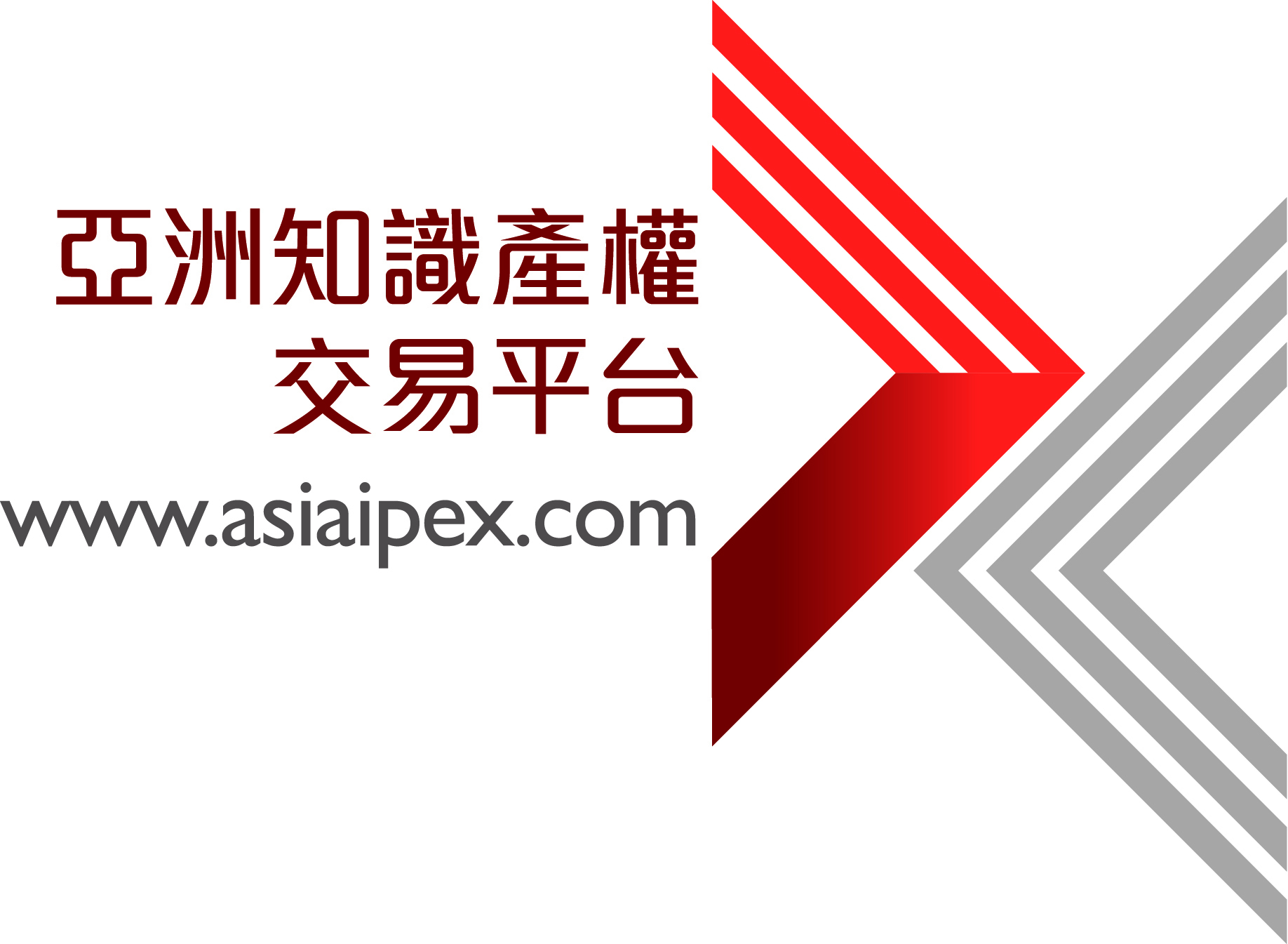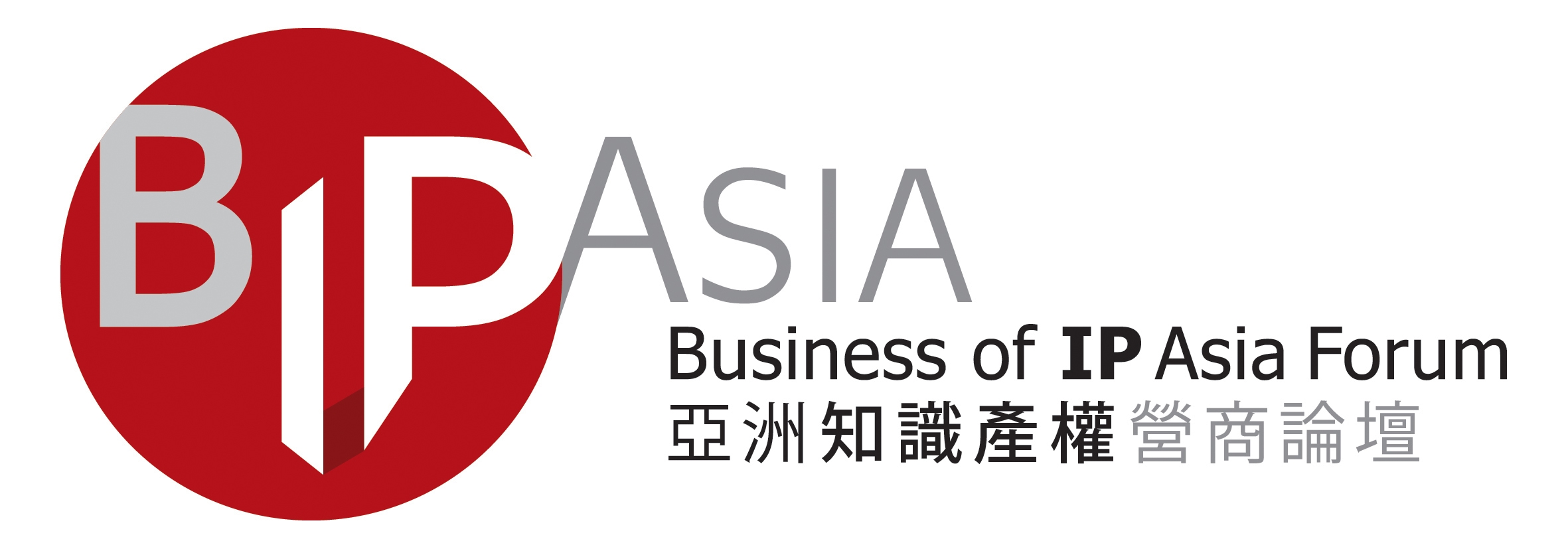LIPOSOMAL POROUS SILICON NANOPARTICLES AS A GENE DELIVERY SYSTEM
University researchers have developed a novel biodegradable liposomal porous silicon (pSi) nanoparticle system that can bypass endocytic uptake via liposome-plasma membrane fusion. Membrane fusion allows a direct release of hydrophilic payloads from the core of liposomes into the cell cytoplasm, as well as a transfer of hydrophobic molecules from the liposomal bilayer to the cell membrane bilayer. In addition, the liposomal porous silicon nanoparticle system allows a transfer of moieties conjugated on the outer surface of liposomes (antibodies, small molecules, peptides, etc.) to the cell membrane surface. The porous silicon core has photoluminescence properties allows potential for these particles to be used as a tracking tool using time-gated luminescence imaging. Moreover, the porous silicon for condensation of the highly anionic genetic material into small clusters, allowing liposomes to easily encapsulate as core payloads. Confocal imaging shows that fusogenic pSi particles successfully fuse with Neuro2a mouse neuroblast cells, and transfers lipophilic DiI dye from the liposomal membrane to the cellular membrane. Non-fusogenic pSi particles were found in the cells in small groups indicative of endosomal uptake and lysosomal localization. Lastly, surface conjugation of Neuro2a-targeting moiety, rabies virus glycoprotein (RVG), allowed an accelerated rate of fusion of the liposomal pSi. Overall, the liposomal porous silicon nanoparticles demonstrate potential as a highly effective gene delivery vehicle.
Tech ID/UC Case 25873/2015-337-0 Related Cases 2015-337-0
美國



